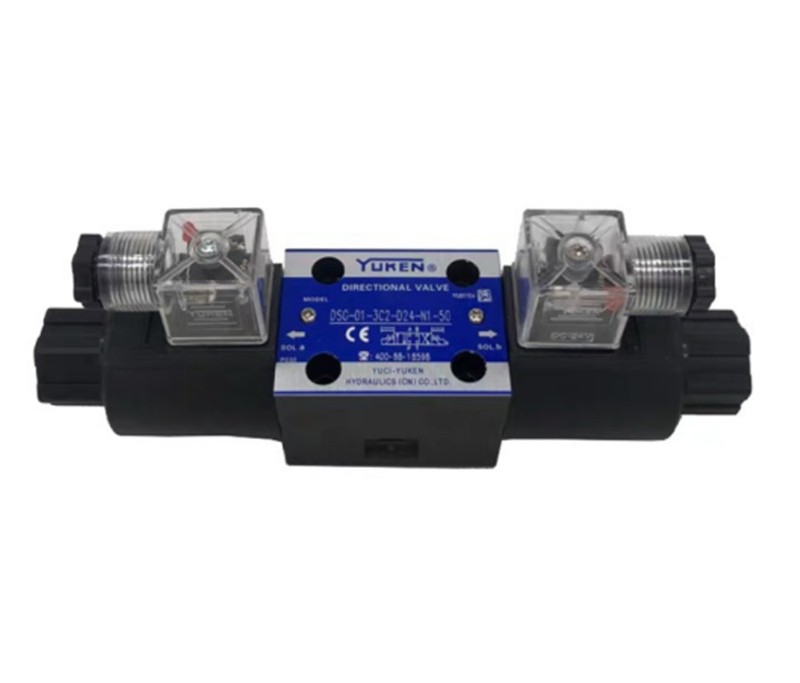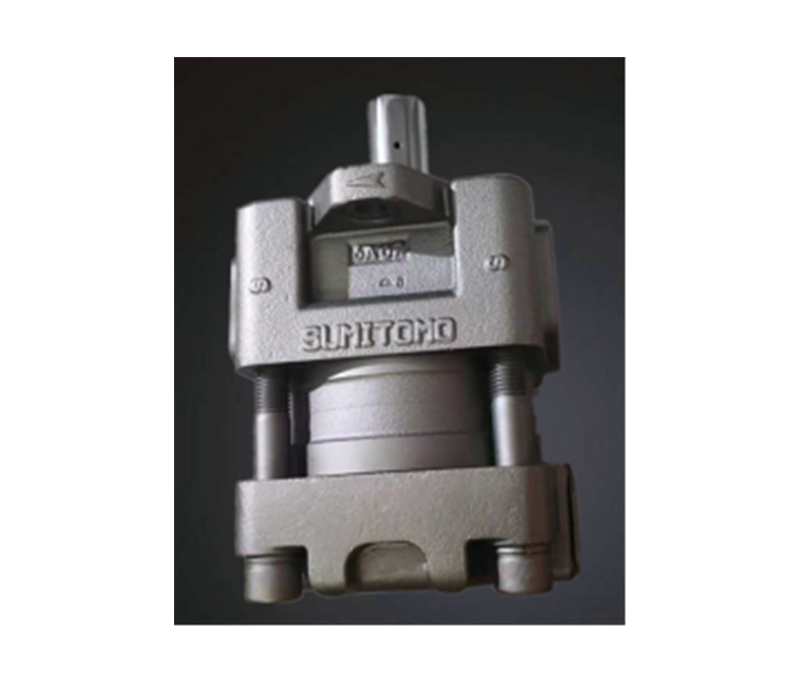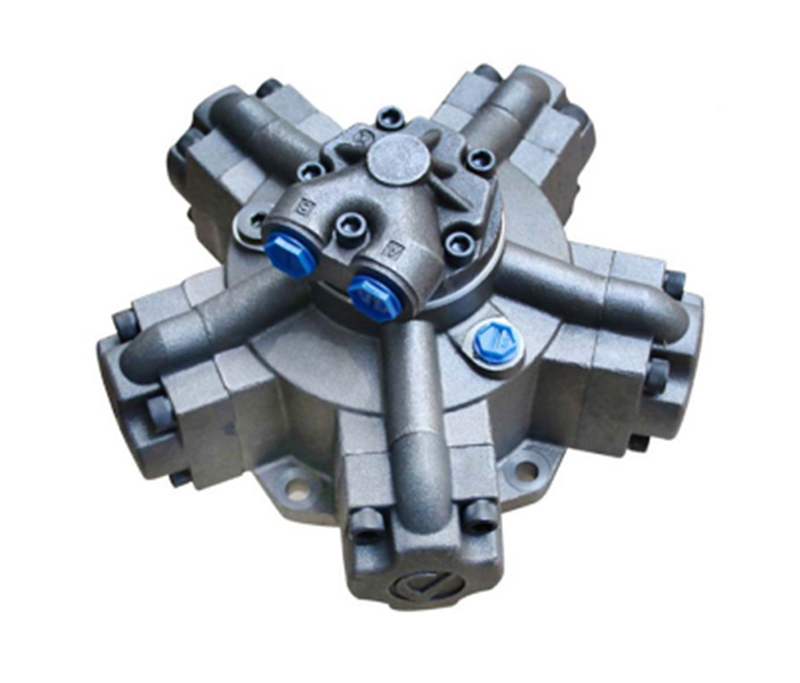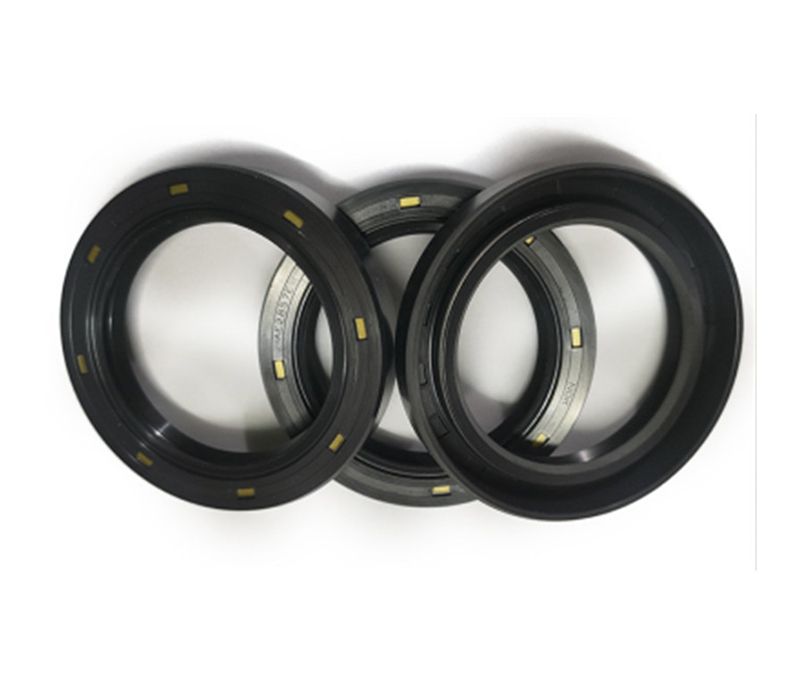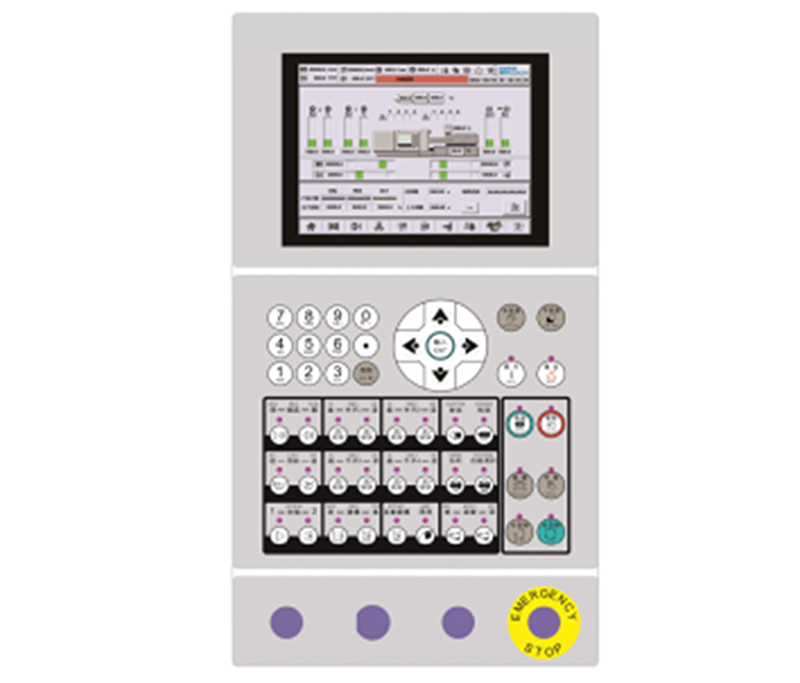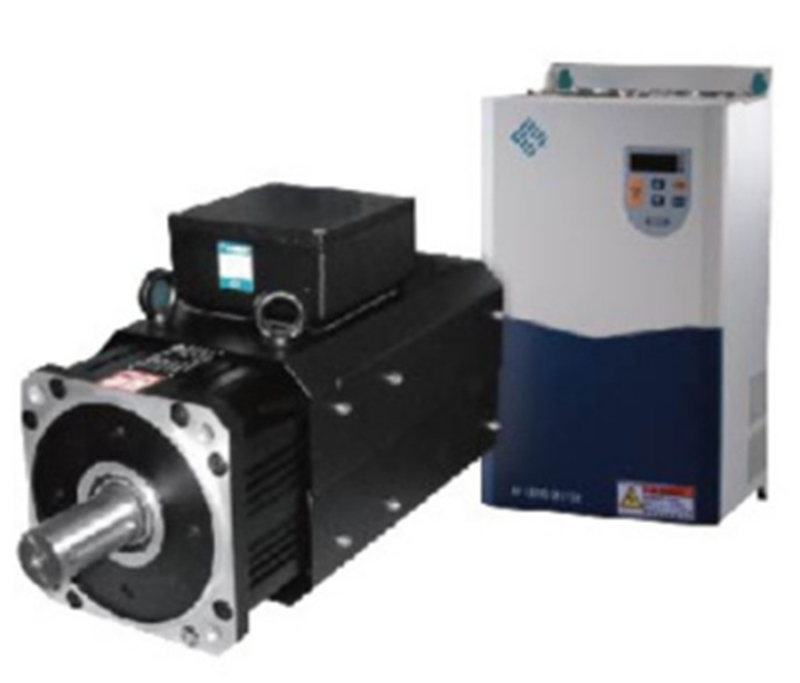Injection molding Machine Produce Battery Connector


|
Technical Parameter |
Unit |
ZH-218T |
|||
|
A |
B |
C |
|||
|
Injection Unit |
Screw Diameter |
mm |
45 |
50 |
55 |
|
Theoretical Injection Volume |
OZ |
13.7 |
17 |
20 |
|
|
Injection Capacity |
g |
317 |
361 |
470 |
|
|
Injection Pressure |
MPa |
220 |
180 |
148 |
|
|
Screw Rotation Speed |
rpm |
0-180 |
|||
|
Clamping Unit
|
Clamping Force |
KN |
2180 |
||
|
Toggle Stroke |
mm |
460 |
|||
|
Tie Rod Spacing |
mm |
510*510 |
|||
|
Max.Mold Thickness |
mm |
550 |
|||
|
Min.Mold Thickness |
mm |
220 |
|||
|
Ejection Stroke |
mm |
120 |
|||
|
Ejector Force |
KN |
60 |
|||
|
Thimble Root Number |
pcs |
5 |
|||
|
Others
|
Max. Pump Pressure |
Mpa |
16 |
||
|
Pump Motor Power |
KW |
22 |
|||
|
Electrothermal Power |
KW |
13 |
|||
|
Machine Dimensions (L*W*H) |
M |
5.4*1.2*1.9 |
|||
|
Machine Weight |
T |
7.2 |
|||
The injection molding machine can produce the following parts of battery connectors:
Plug and socket shell: The outer protective shell of the battery connector, usually injection molded from plastic materials, including various parts of the shell and the connection port. Spring leaf: The spring leaf part of the battery connector is used to provide elasticity and stability. It is usually injection molded from metal strips and plastic materials.
Contact post: The contact post part of the battery connector used to provide current transmission. It is usually made of metal materials and can be molded together with the plastic part during the injection molding process.
Conductive plate: The conductive plate used in battery connectors to connect batteries and electronic devices. It is usually made of metal materials and can be molded together with the plastic part during the injection molding process.
Wire sleeve: The sleeve part of a battery connector used to protect wires. It is usually injection molded from a plastic material and has durability and insulation properties.









